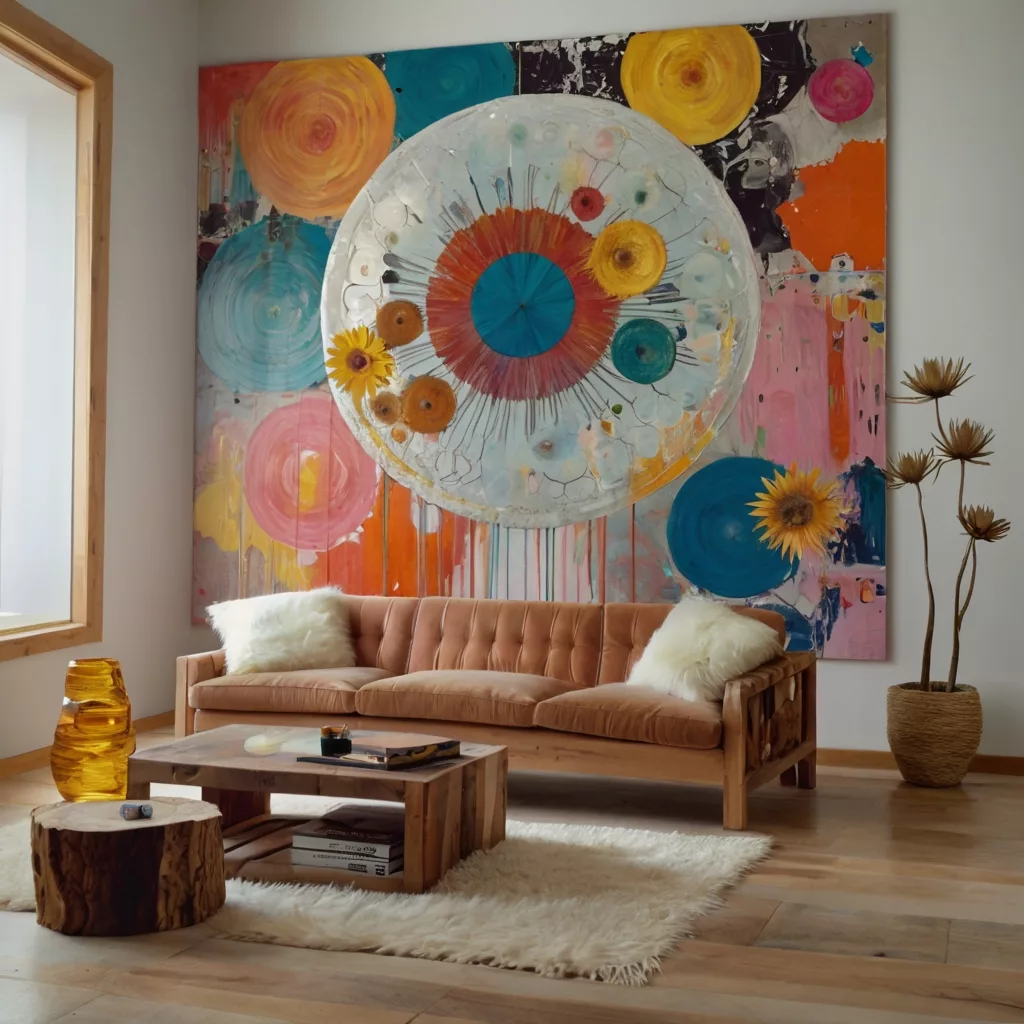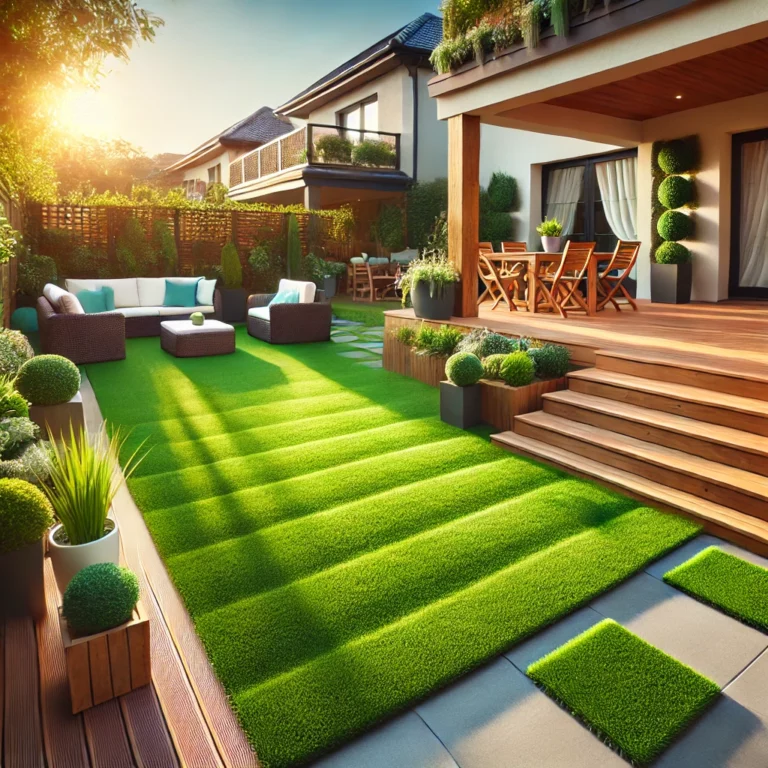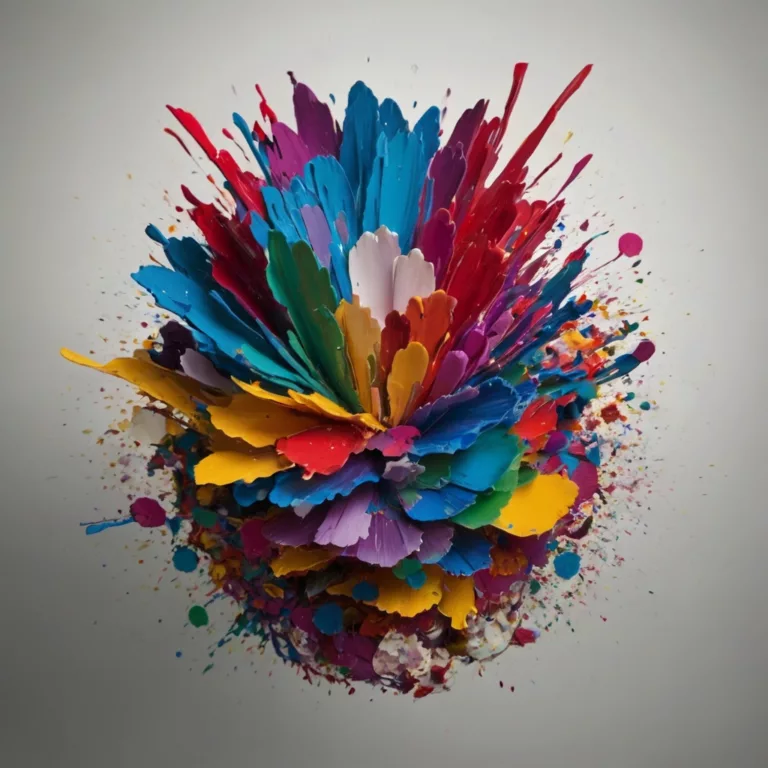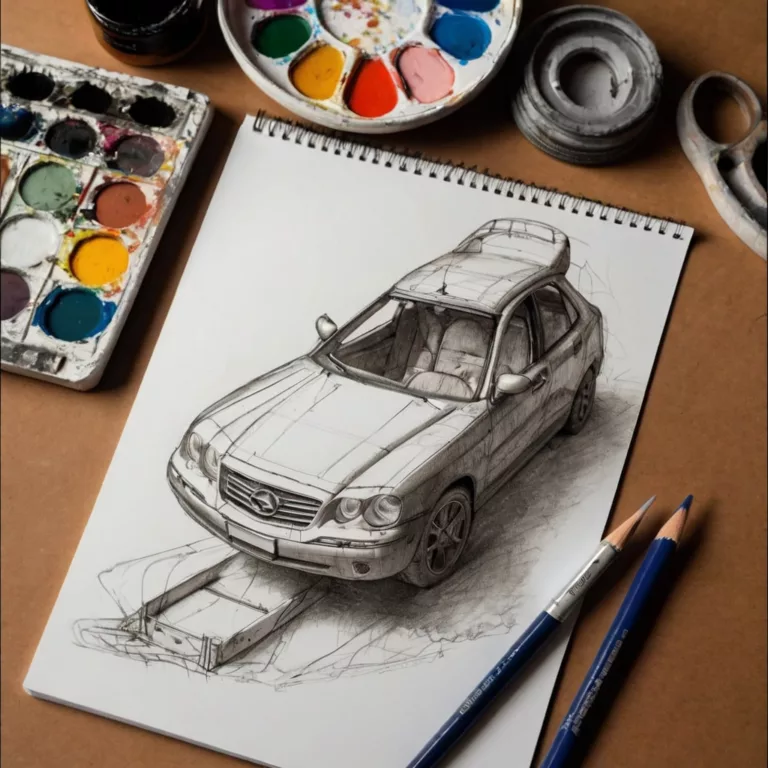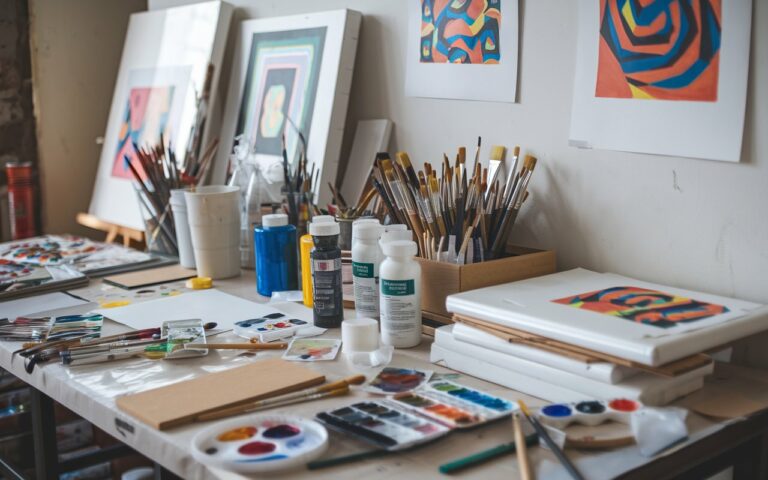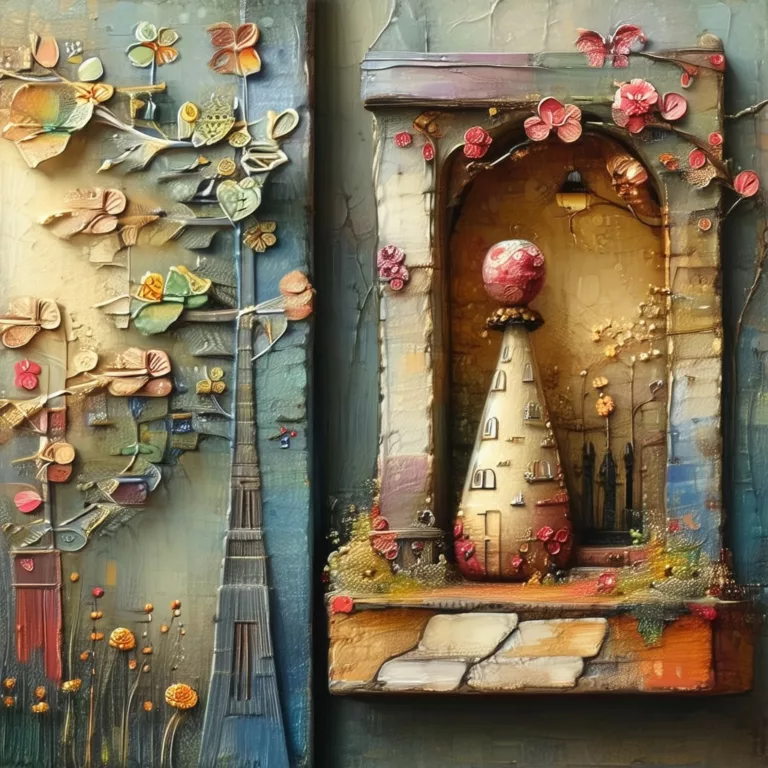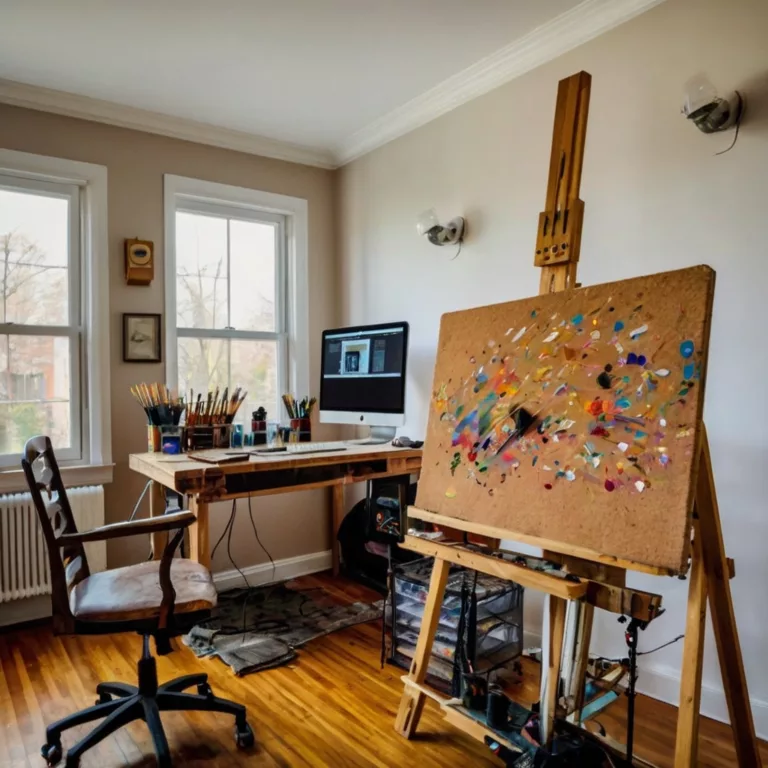Modern DIY Artwork: A Creative Revolution in Contemporary Art
Introduction
Art has always been a powerful means of self-expression, but in recent years, the rise of Modern DIY Artwork has redefined creativity. With access to online tutorials, affordable materials, and innovative techniques, individuals around the world are embracing do-it-yourself (DIY) art as a form of personal and artistic freedom. This movement bridges the gap between professional artists and amateurs, allowing anyone to create stunning and meaningful pieces.
The Concept of DIY Art
DIY (Do-It-Yourself) art is about using accessible resources and personal creativity to produce unique artworks without relying on professional artists or expensive tools. It embodies innovation, sustainability, and individuality. Unlike traditional art, which often requires formal training, DIY art encourages experimentation, making creativity more inclusive and widely available.
Evolution and Popularity of DIY Artwork
The DIY movement gained momentum in the early 2000s, fueled by the internet and social media platforms. Websites like Pinterest, Instagram, and YouTube have made art more accessible by providing step-by-step guides and inspiration. The affordability of materials and tools has further encouraged people to explore various techniques and styles, leading to a surge in home-based artists and entrepreneurs.
Types of Modern DIY Artwork
Modern DIY art is diverse, encompassing various styles and mediums. Some of the most popular types include:
- Acrylic Pouring: A fluid painting technique that creates mesmerizing, abstract patterns using acrylic paint mixed with pouring mediums.
- Resin Art: The use of epoxy resin to create glossy, glass-like surfaces with embedded objects, pigments, or metallic flakes.
- String Art: Crafting intricate designs using nails and colored threads on wooden boards.
- Paper Quilling: Rolling and shaping strips of paper to form decorative designs.
- Macramé and Textile Art: Creating wall hangings, plant holders, and intricate knots using cotton cords.
- Upcycled Art: Transforming discarded materials like wood, metal, or fabric into creative masterpieces.
- Digital Art and Printmaking: Using apps and digital tools to create artwork that can be printed on various surfaces.
Essential Tools and Materials
One of the best aspects of DIY art is that it requires minimal investment. Essential tools and materials depend on the chosen technique, but some commonly used items include:
- Acrylic, oil, or watercolor paints
- Brushes, palette knives, and sponges
- Canvas, wood, or mixed media paper
- Resin and molds for resin art
- Yarn, cords, and textiles for fiber art
- Recycled materials for eco-friendly projects
Techniques and Methods
DIY artists experiment with various techniques to produce stunning effects. Some widely used methods include:
- Layering and Blending: Used in painting to create depth and smooth transitions.
- Stencil and Spray Painting: Ideal for urban and pop-art-inspired creations.
- Collage and Mixed Media: Combining different textures and materials for unique compositions.
- Decoupage: Decorating surfaces by layering cutouts and applying varnish.
- 3D Embossing and Texturing: Adding dimension using modeling paste, gesso, or fabric.
The Role of Technology in DIY Art
Modern DIY art is greatly influenced by technology. Digital tools such as Adobe Photoshop, Procreate, and Cricut machines allow artists to create detailed designs, which can be printed, laser-cut, or transferred onto various surfaces. Augmented reality (AR) and 3D printing are also shaping the future of home-based art, making it easier than ever to produce high-quality, customizable pieces.
The Influence of Social Media
Social media platforms have played a pivotal role in the growth of DIY art. Artists and crafters can now share their work instantly, gain recognition, and even monetize their creations. Key platforms include:
- Instagram: A visual-centric platform perfect for showcasing artwork.
- Pinterest: A go-to source for DIY inspiration and step-by-step tutorials.
- YouTube: Offers in-depth video guides on various artistic techniques.
- Etsy: A marketplace for artists to sell their handmade creations.
Sustainability and Eco-Friendly DIY Art
Sustainability is becoming a major trend in modern DIY art. Many artists focus on upcycling and repurposing materials to reduce waste. Common eco-friendly practices include:
- Using recycled wood, metal, or glass for new art pieces.
- Creating natural dyes from fruits, vegetables, and plants.
- Choosing biodegradable or non-toxic paints and materials.
- Repurposing old furniture into artistic installations.
Benefits of Engaging in DIY Art
Beyond creating beautiful pieces, DIY art offers numerous benefits:
- Stress Relief: Art is therapeutic and helps reduce anxiety.
- Boosts Creativity: Encourages thinking outside the box and experimenting.
- Affordable and Accessible: Anyone can start with minimal investment.
- Customization: DIY allows for personal expression and unique designs.
- Potential Income Source: Many artists turn their passion into profitable businesses.
How to Get Started with DIY Art
If you are interested in exploring DIY art, here are some practical steps to begin:
- Find Your Inspiration: Browse online galleries, art stores, and social media for ideas.
- Choose Your Medium: Decide whether you want to work with painting, textiles, sculpture, or digital tools.
- Gather Supplies: Start with basic materials and upgrade as you gain experience.
- Experiment and Practice: Don’t be afraid to make mistakes—art is a learning process.
- Share Your Work: Display your creations on social media or participate in local art fairs.
Conclusion
Modern DIY artwork represents a new wave of artistic freedom, where creativity knows no bounds. Whether you are an aspiring artist, a hobbyist, or someone looking to add a personal touch to your home, DIY art offers endless possibilities. With minimal investment and boundless inspiration, anyone can transform simple materials into extraordinary masterpieces. As technology advances and sustainability becomes a focus, the future of DIY art promises even greater innovation and accessibility for artists worldwide.

